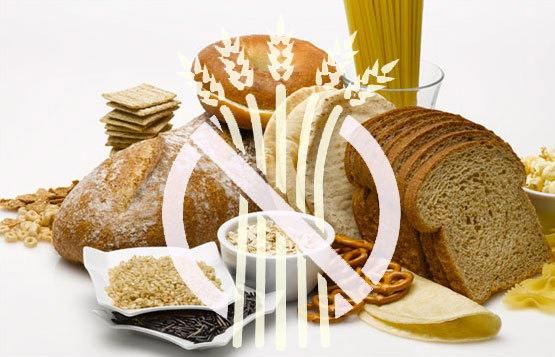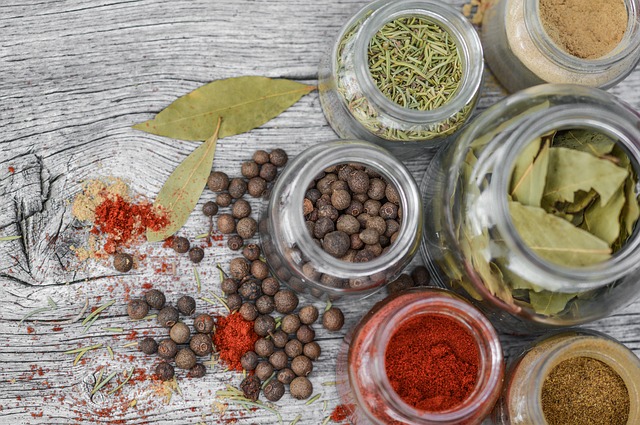More than 18 million people in the Western World are believed to have celiac disease, an autoimmune condition in which ingesting gluten can affect the lining of the small intestine. But nonceliac gluten sensitivity is much less understood and is believed to be immune mediated, although no definitive tests exist for proper diagnosis. People who have nonceliac gluten sensitivity can experience bloating, constipation and diarrhoea which are symptoms very similar to IBS (Irritable Bowel Syndrome), along with bone or joint pain, headaches and fatigue.
While avoiding foods containing gluten is obvious, this isn’t always as easy as it looks. Obvious candidates that are high in gluten include breads, pastas, cereals and so forth. Yet there are many hidden sources of gluten in foods and many of them aren’t at all obvious, unless you read the ingredients list. Below are some of the worst offenders…
Barley. This is most often used as a sweetener within processed foods like cereals or corn flakes for example. Many sweets may also contain barley malt. Beer contains barley malt The gluten protein in the barsley is hordein and it’s this that actually occurs within the seeds of the plant and is known as the grain. A good majority of foods contain barley as an ingredient and this includes most beers, malted milk, malted candy and other malted products (made from barley grains and then germinated and dried), along with barley flour (used in baking sometimes) and barley pearls (commonly found in soups).
Soy Sauce. It contains wheat proteins as the cultured grain mixture is made in a specific amount of salt brine, fermented and left to brew. Normally the wheat breaks down into free amino acid and protein fragments and the starches convert into simple sugars. Many soy sauces available in supermarkets contain gluten, but it is possible to get a wheat free version such as Tamari sauce which is a variety of soy sauce that uses fungus instead.
Medications. The chances are small, but certain medications contain gluten and oral medications in particular could be a potential source of gluten contamination. Anyone actively taking medications should consider looking at the core ingredients and examining them for any mention of “starch”.
Imitation Crab. Any kind of processed foods that aren’t meats are made from starches that contain gluten. This includes foods such as imitation crabs, vegetarian meat alternatives and sushi. Other food additives such as Japanese rice vinegar or rice wine also contain gluten, while the sesame seeds often added to sushi can also be mixed with a wheat product.
Soups. Many canned soups also contain gluten as thickening agents as it is cheap and easy to include in many convenience foods. Many soups are either cream based or wheat based and manufacturers are becoming more aware that including gluten in their soups is not always a good idea, especially for the coeliac sensitive. The best alternative to gluten based soups is to make your own fresh soups with organic low-salt stock and plenty of green leafy vegetables, so that you know exactly what goes into it.





